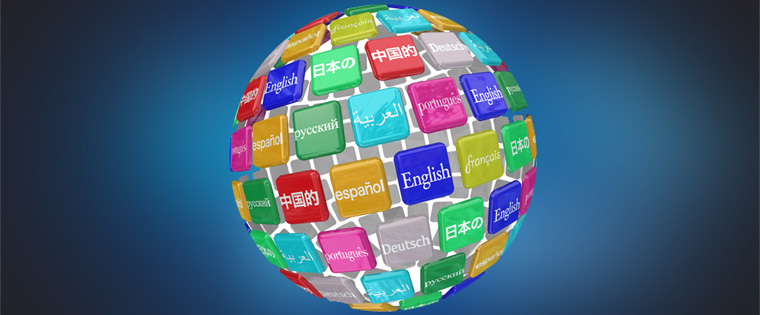Why are Global Organizations Opting for E-learning Translation?
Why is e-learning translation important? Read on to find out.

With globalization, companies are having increasingly widespread business models. Production might be happening in China, technical support in the Philippines, with a large chunk of customers located in central Europe, and headquarters in the US. In such a setup, it is essential that you train your employees evenly and effectively to ensure consistent performance. But, this is easier said than done, as businesses spread across different countries and continents means dealing with a large workforce that is both culturally and linguistically diverse. Hence, digital learning courses created in one language might not sit well with a large chunk of your employee base.
For obvious reasons, you can’t build a training program in a new language right from scratch. This is where translation of e-learning courses comes into the picture. It acts as an important bridge between your geographically diverse workforce and your digital learning program. By translating the course into different languages, you can be assured that your global employees are evenly trained to give you a consistently good output. Still not convinced about going ahead with the translation process? Check out some more reasons that make translation a very crucial aspect in today’s global environment:
Train in a Language Most Comfortable to Employees
English might be the global language of business. Irrespective of the country, people will understand and speak English. But, that doesn’t mean they would always be comfortable learning in the English language. Even if employees in diverse locations can manage training in English, there are chances that the rate of knowledge transfer, retention, and recollection won’t be that great. This happens because for non-native English speakers, more than half of their concentration goes in deciphering the language, and not grasping the subject matter. Translating the course in their native language maximizes the impact of your e-learning program and lets you make the most of your training budget.
Establish Local Connect
Translating a course in your employees’ native language not only has a positive effect on the learning process, but also works wonders for employee morale. When employee sees that their company has gone through great lengths to accommodate their learning preferences, they automatically start to exhibit greater loyalty toward the company. If the option of selecting a different language is embedded right into the Learning Management System, through a convenient drop down menu, it will be highly welcomed. This further reinforces local connect as it becomes clear that translating a course was not an after-thought but a preplanned process.
Take Care of Multimedia Elements
Multimedia elements play a huge role in the success of your e-learning program. As text-heavy digital learning courses usually put users off, videos, animations, infographics, game-based content, and gaming-elements are largely present in all e-learning courses. Their visually and aesthetically appealing nature helps you increase user engagement and interaction. On top of that, creating multimedia elements takes a lot of time and effort. In case you decide not to translate your e-learning program, then the impact of these very powerful instructional methods will be considerably diluted. Translating your course preserves the hard work that went into developing all these effective learning elements.
Get More Native Business
When employees are trained in their native tongue, their application of the knowledge gained increases. If the training covers all practical client or customer scenarios in a well-understood language, employees can apply it more effectively. It also gives them greater confidence to go out in the market and interact with potential clients. This helps you rope in more native business as your employees are better empowered to give a top notch presentation and service. This further increases the return on investment of your training budget, as it is directly responsible for a substantial amount of new work.
Translation can be viewed as the last piece in the puzzle to ensuring the effectiveness of your global e-learning program. So, remove the limitations of geography and language by translating your courses into as many languages as possible. But remember, doing so effectively is a highly specialized science. Instead of getting lost in the labyrinth of languages and subject matter expertise, take help from a leading e-learning translation expert.





